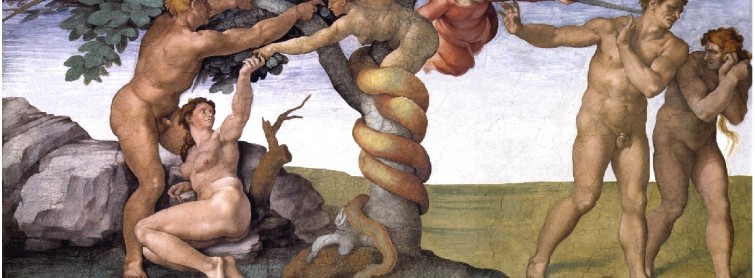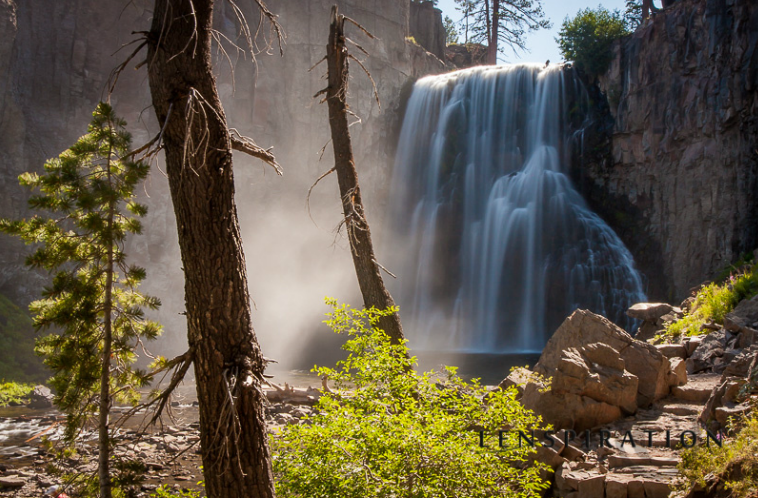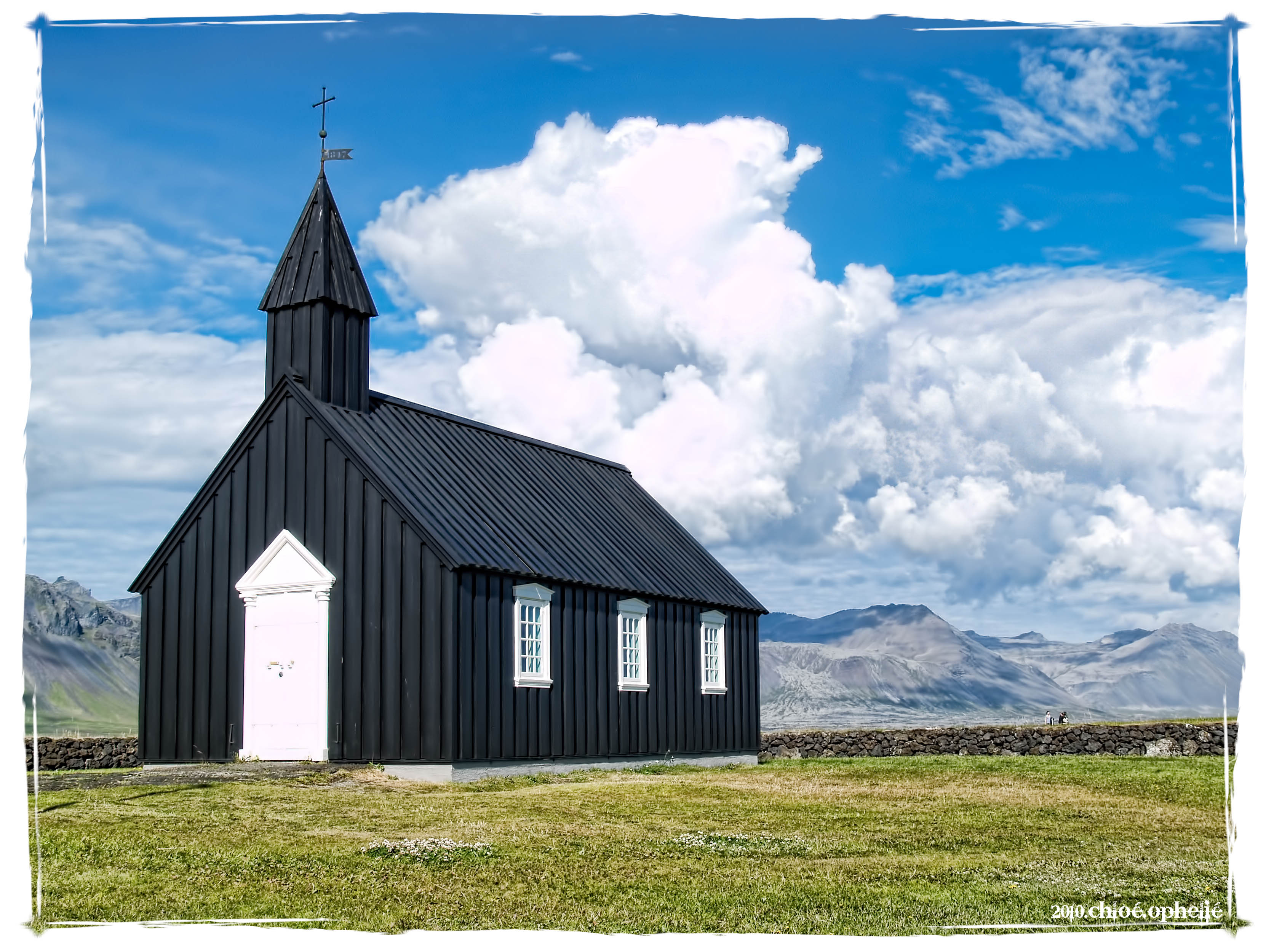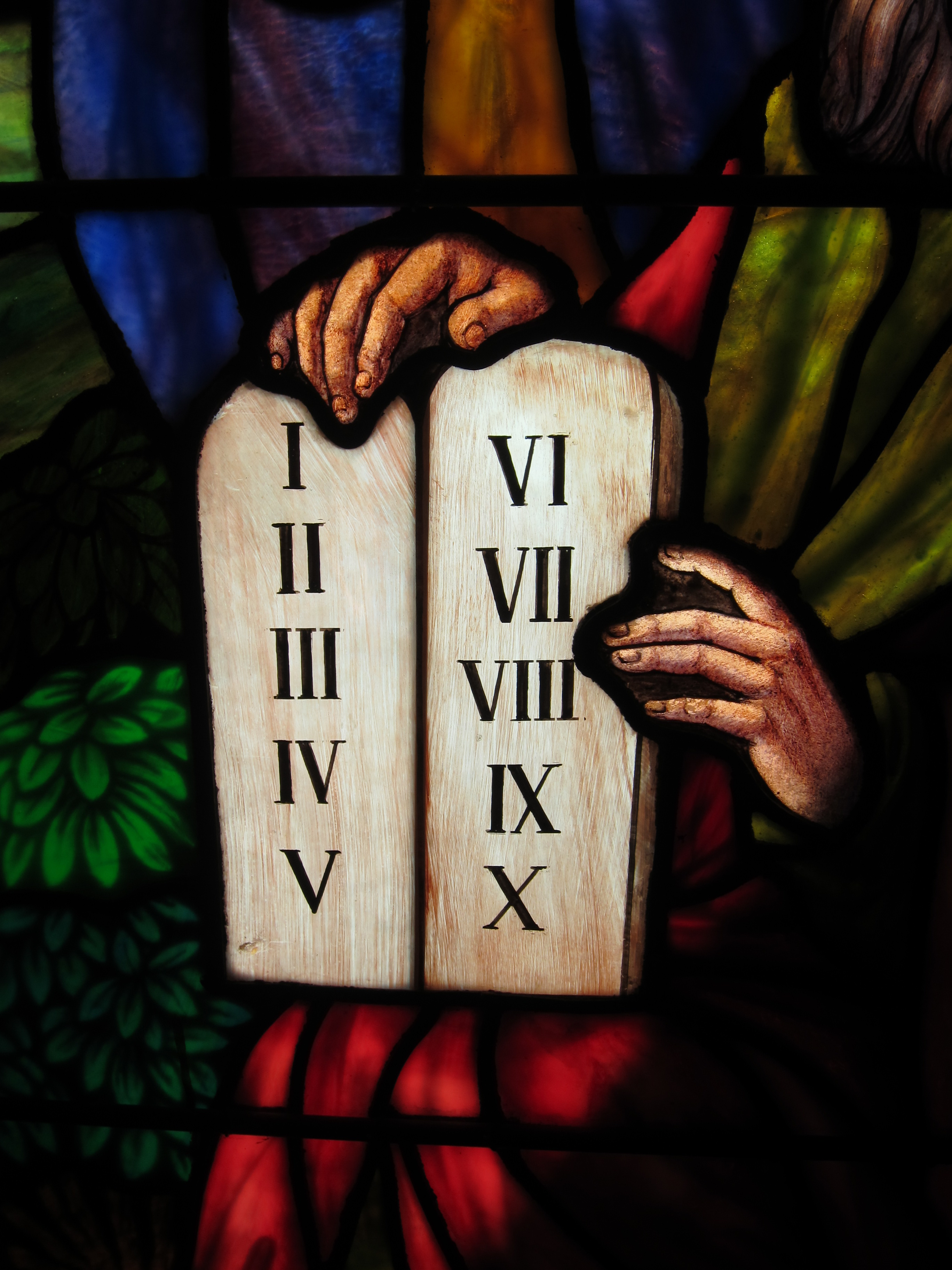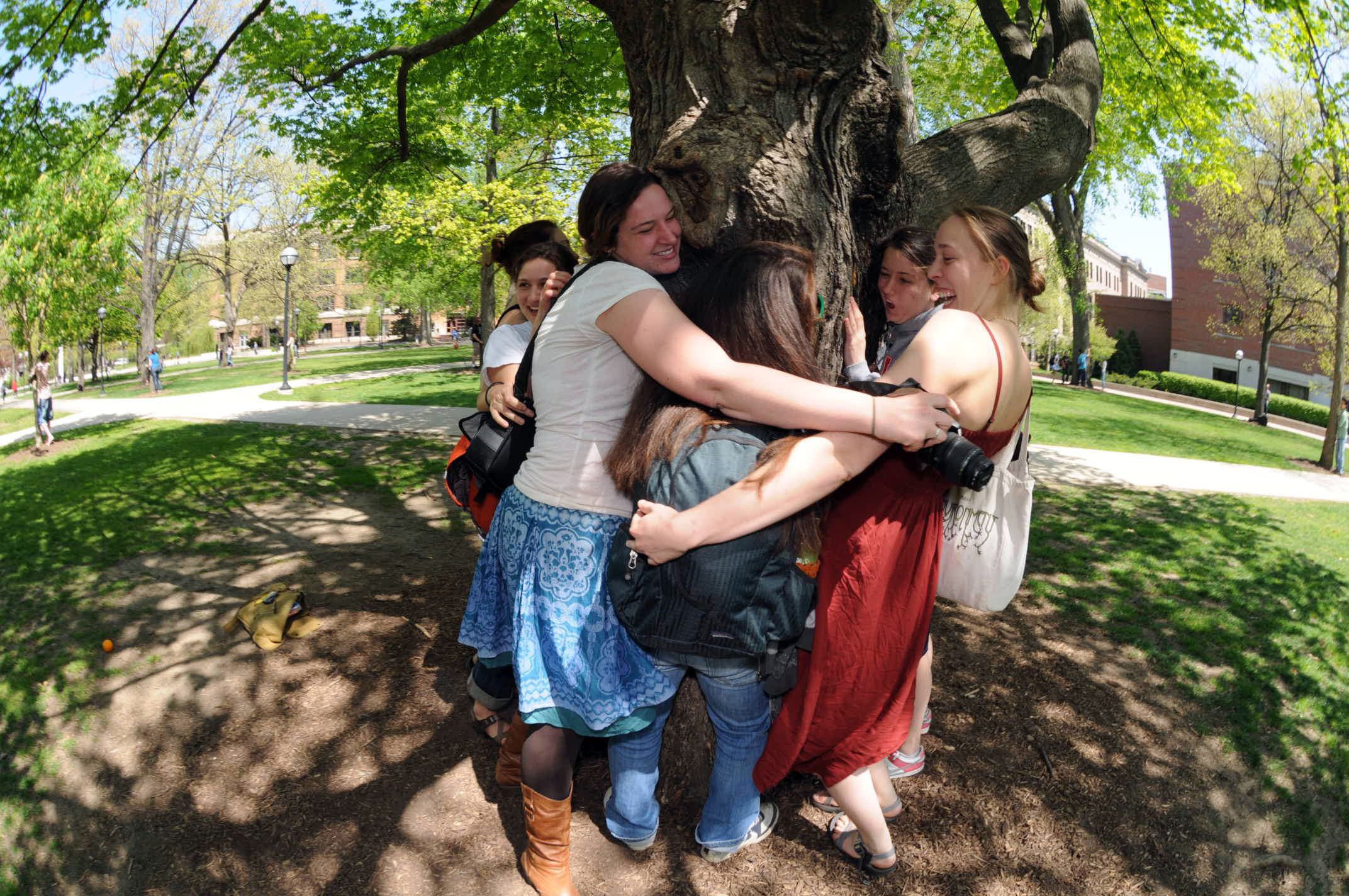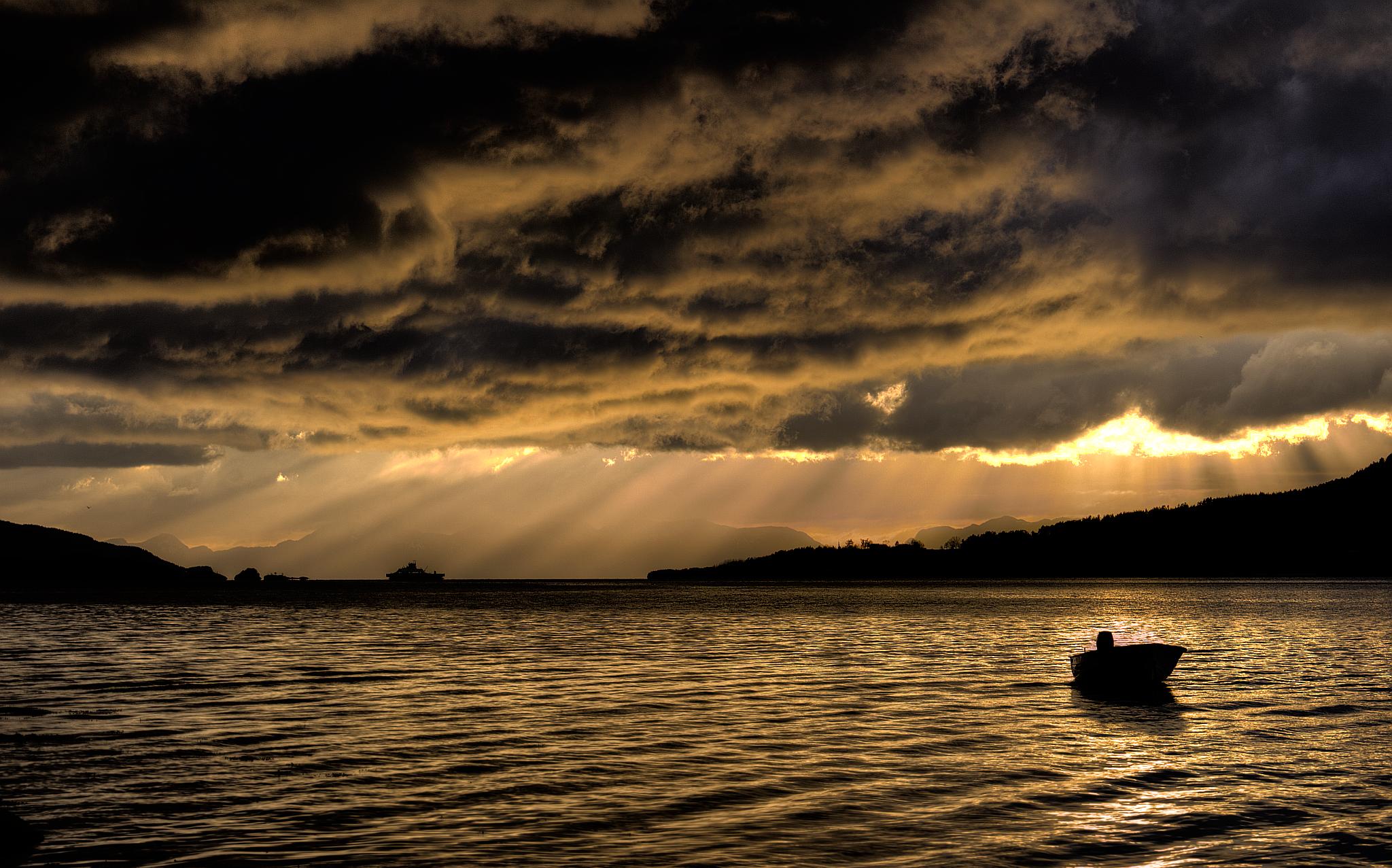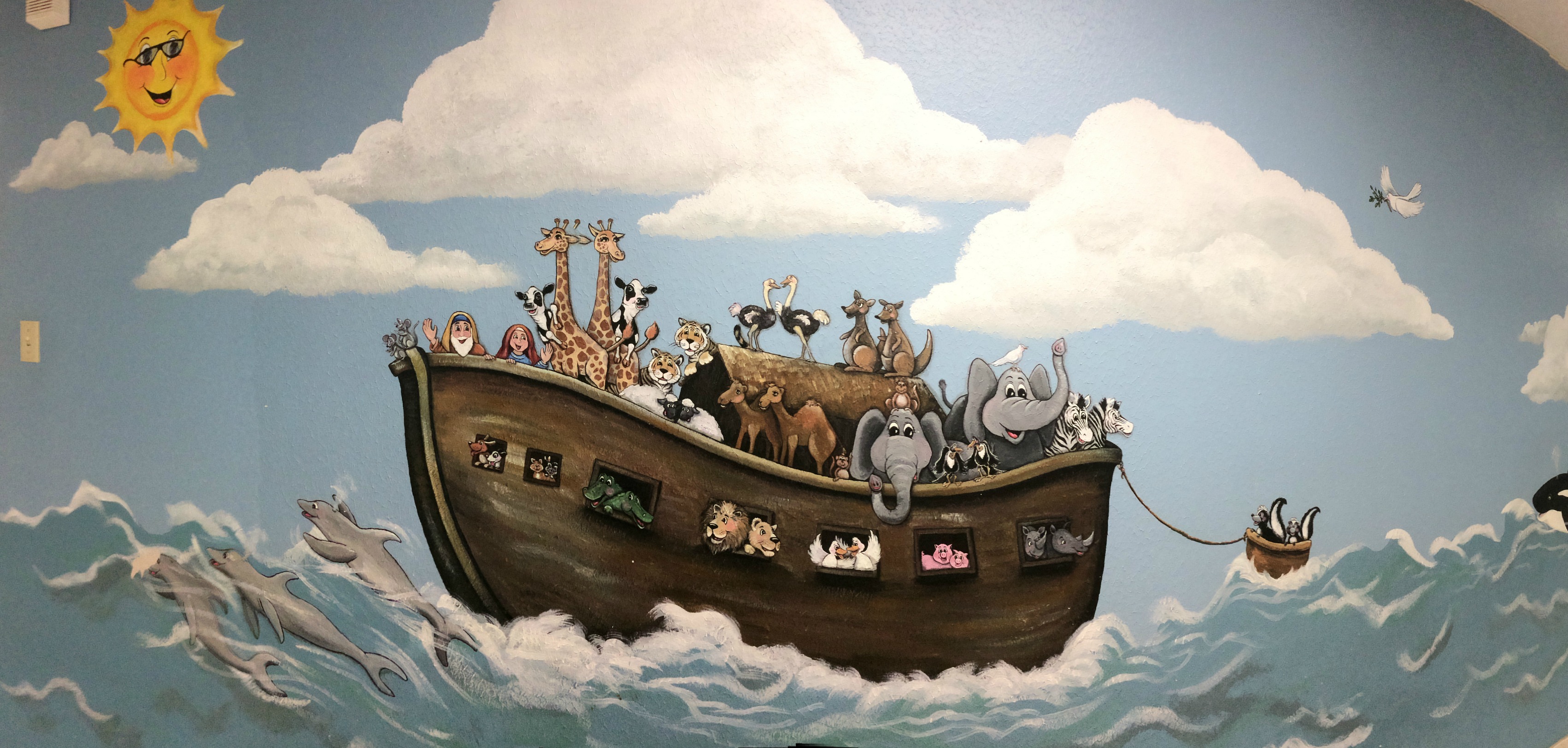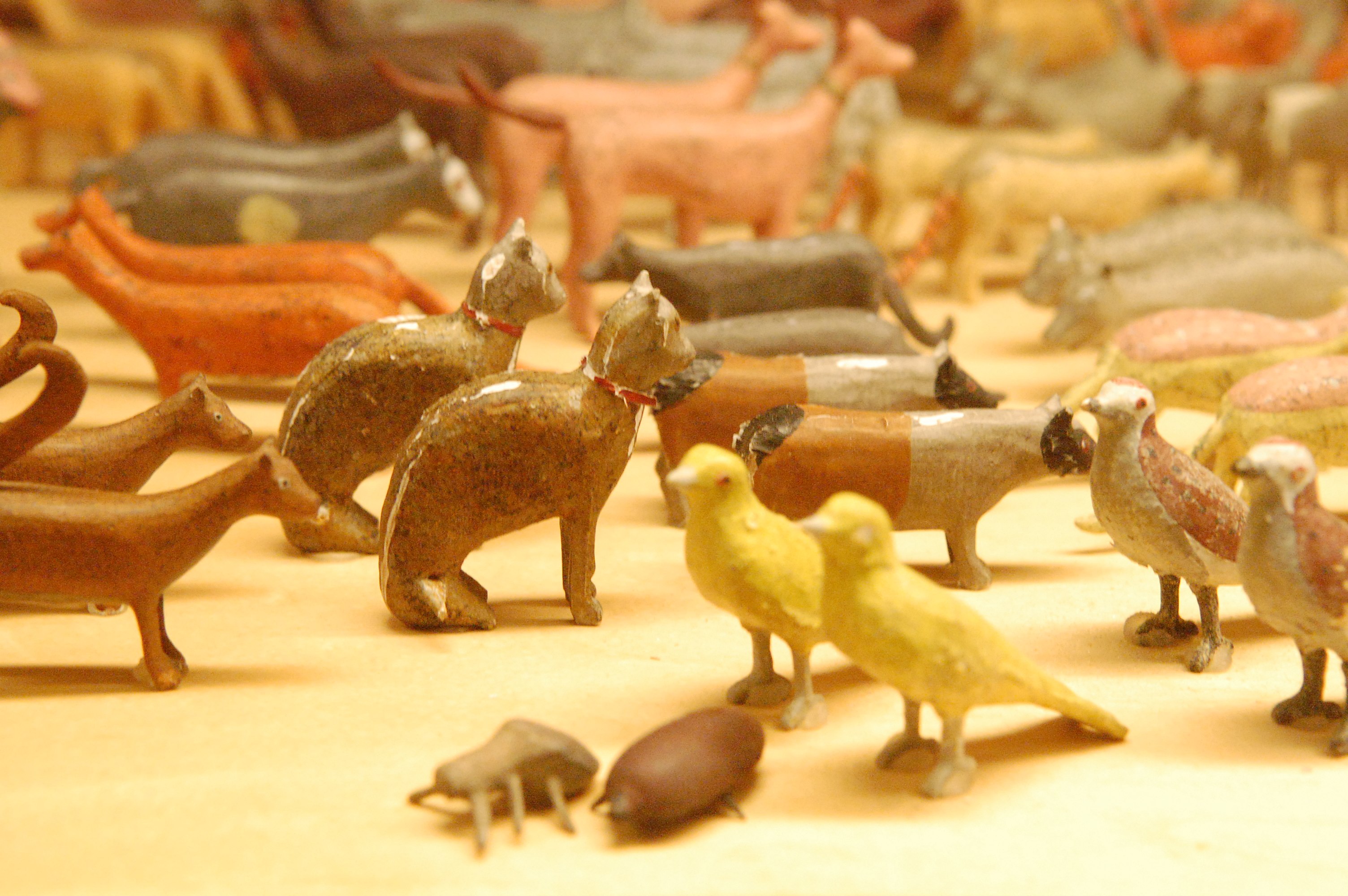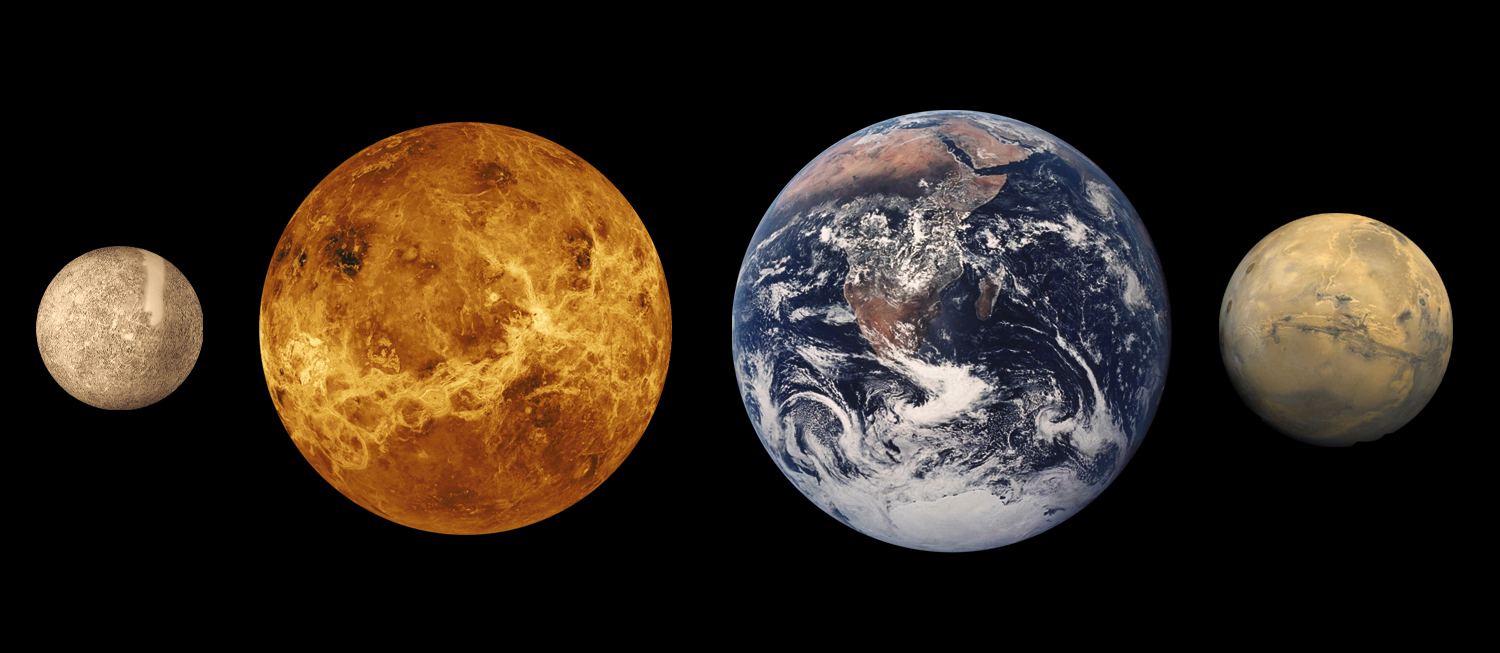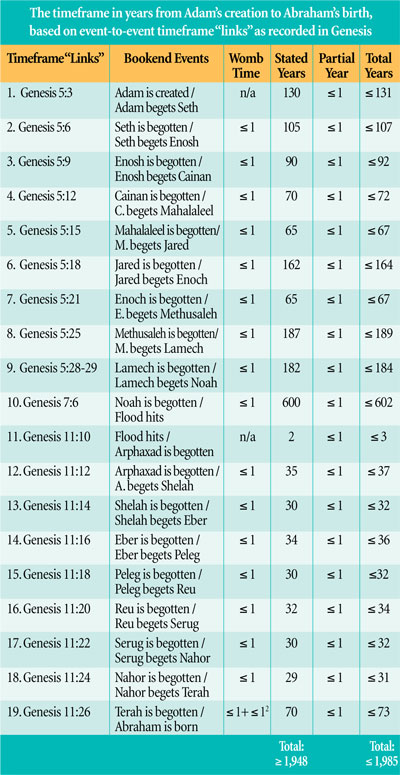“I made it beautiful with the multitude of its branches, and all
the trees of Eden, which were in the garden of God,
were jealous of it.”
– Ezekiel 31:9
One of life’s great mysteries for the inquisitive Christian is the location of the Garden of Eden. The Bible, our only evidence for the garden’s location and its very existence, is frustratingly silent in regards to the whereabouts of the garden.
The quest to find this geographical Holy Grail has become almost as consuming as finding Atlantis, Pandora’s Box or the creators of the statues that inhabit Easter Island. However, like many have found, trying to pinpoint the location of the purpose-built paradise has become like searching for a needle in a haystack.
Why Do We Want to Know?
Anyone who has read Genesis, or even heard of the story of Adam and Eve knows that Eden is the garden of God, and the place where all the magic (and disenchantment) happened.
The Genesis creation narrative depicts a creative God who fashions Adam from the ground and places him ‘eastward,’ in a garden crafted specially for him.
What is even more significant is that after Adam’s placement in the garden,
“…the LORD God formed every beast of the field, and every fowl of the air…”
These creatures were formed out of the ground in the garden. Genesis 2 also tells us that:
“…out of the ground made the LORD God to grow every tree that is pleasant to the sight, and good for food; the tree of life also in the midst of the garden, and the tree of knowledge of good and evil.”
The origins of every living thing on earth trace back to this garden.
Eden is also significant because it is where the first theophany takes place. Genesis 3 tells us that Adam and Eve;
“…heard the sound of the Lord God walking in the garden in the cool of the day…”
God walked among humans in a very tangible way, making the garden not only the location of our human origins, but also a place of divine presence.
Eden was the birthplace for the human race, the place where God walked with man and woman, where the serpent appeared, where the Tree of Knowledge was placed, where humanity fell into wreckage, and where Adam and Eve were eventually cast out for eternity. It’s no wonder we want to know where it is.
What Does the Bible Say of Eden?
The Bible’s lack of proffered material when it comes to Eden’s location has been the cause of much irritation and disappointment among those searching for the lost paradise.
Most theorists claim the site’s location as somewhere in the Middle East. This is mainly due to the description given in Genesis which gives us the only geographical clues to the garden’s setting;
“A river flowed out of Eden to water the garden, and there it divided and became four rivers. The name of the first is the Pishon. It is the one that flowed around the whole land of Havilah, where there is gold. And the gold of that land is good; bdellium and onyx stone are there. The name of the second river is the Gihon. It is the one that flowed around the whole land of Cush. And the name of the third river is the Tigris, which flows east of Assyria. And the fourth river is the Euphrates.”
This description has led many to believe that the Euphrates and the Tigris rivers mentioned in the passage refer to the same rivers that exist in the Mesopotamian area today.
Because the other two rivers are less known, determining the garden’s location based on this evidence is problematic. Jewish historian Josephus claimed that Pishon and Havilah referred to the Ganges and the Nile, a point which one scholar asserts was generally agreed upon until the renaissance. Since then, it has been largely questioned and discredited. For Josephus’ theory to work, the rivers would also have to flow to Ethiopia, to feed the Nile.
While the biblical text doesn’t actually name the ‘Tigris’ (it instead says ‘Hiddekel’), we know from elsewhere in scripture that it refers to the Tigris River. In a similar way, the river Euphrates is referred to as ‘Prat’. Most modern translations use the words ‘Tigris’ and ‘Euphrates’ so as to avoid confusion.
The problem with placing Eden in this area is that while it fits with two of the four rivers mentioned, it does not fit with the description of the rivers as emerging from the one head. While the Tigris and Euphrates both have their ‘head’ in the area that surrounds Mt. Ararat, they do not flow, filling the land as described in the text. There is also an absence of the other two rivers making this location implausible. Of course, it’s entirely possible that Tigris and Euphrates had offshoots that are no longer in existence, making this theory possible.
Given that we don’t know the size of the original garden, it is difficult to piece together a location with four rivers, but from the evidence, it appears that the descriptions given in Genesis and the geography as we know it, don’t match up.
What Do We Know of Its Location Now?
The biblical account remains ambiguous and open to much speculation. As a result, people have been venturing guesses for centuries as to the location of the Garden. However, most modern biblical scholars and archaeologists place Eden in or around ancient Mesopotamia.
This is a logical conclusion due to the location of the Euphrates and Tigris rivers as well as the biblical mention of Adam being placed in a garden ‘eastward’ (meaning, east of Israel). Placing Eden in Mesopotamia also stands to reason from a linguistic point of view. In Greek, the word ‘Mesopotamia’ means ‘the land between two rivers,’ a reference to the Tigris and Euphrates.
Science has discovered that crude oil forms from vegetation and animal life which has died and proceeded to decay. With this in mind, it has caused some scholars to argue that the oil reserves found in the Middle East could have formed from the decay of Eden. It stands to reason that the vast oil stores present in the Middle East could be a result of decomposition from the lushest garden that has ever existed. Of course, this is just a theory.
Here are some other theories which have been posed over the years;
- Members of the Church of Jesus Christ of Latter-day Saints believe Eden to be located in Missouri, USA. Founder Joseph Smith discovered a stone slab that he claimed was Adam’s hand-built altar and thus established the place as the location of the famed garden.
- ‘The Sky People’ by Brinsley LePoer Trench suggested Mars as a location since canals that fit the biblical description of the four river heads are theorized to have existed on Mars. He also claimed that Eden was created by Space People, and that descendants of Noah (who also lived on Mars) were eventually forced to come to Earth to live.
- General Charles Gordon supported a theory that was developed that argued Lumeria– a continent that was over what is now the Indian Ocean – existed. Lumeria is claimed to have housed Madagascar and India on one continent. It was also maintained that the human race was started in Lumeria and thus, was the location for the garden.
- Some scholars believe that Eden existed in Northeast Africa. This theory is built around the fact that the oldest human remains have been found there, as well as Josephus’ idea that Pishon is the Nile.
- It has also been reasoned that Eden was located in the Holy Land, with the river Jordan being the water source in question. This is partly due to the prophet Ezekiel tying in his account of Eden with Jerusalem; “You were in Eden, the garden of God;” … “You were on the holy mount of God.” The mount being specified is generally regarded as Mount Moriah where the Dome of the Rock now sits.
Two Reasons We Will Never Find Eden
1) The Flood
In order to properly investigate the whereabouts of this paradisal Holy Grail, we need to take in a major factor: the flood.
The global flood that wiped out all of humanity, save for Noah and his family, changed the surface of the earth to the point that it was left unrecognisable.
If most of the sedimentary layers that rest on the earth’s surface were formed as a result of this catastrophic event, then how could we possibly know where the Garden of Eden was located? In a modern flood, land erosion occurs in one area, with the water moving and redepositing the sediments in another area. Because of the sheer size of the flood in question, we can assume that the effects of this were far more intense, and certainly global. No place on the Earth’s surface could have remained untouched.
We have no hope of logically pinpointing the original location for the Tigris, the Euphrates or Eden after the surface of the earth was completely restructured under water damage.
2) Guarded Entrance
“So He drove out the man; and He placed cherubim at the east of the garden of Eden, and a flaming sword which turned every way, to guard the way to the tree of life.”
This last sentence of Genesis 3 tells us everything we need to know about our quest to find Eden.
After the expulsion, Genesis tells us that God placed one of his angels at the entrance to Eden, in an attempt to keep humanity from re-entering. If the flood did not stop us from entering the garden, this precaution certainly would.
Even if we can determine the general location for the garden, the physical parameters of it, and can authenticate its existence, how can we get there?
Put simply: we can’t.
God has ensured that we cannot precisely locate or enter this garden of paradise. It has become the forbidden fruit for all humanity.
For fallen humans, Eden exists only with the pages of the Bible.
If you enjoyed this article, please subscribe or sign the petition to establish Creation Day as an officially recognized holiday. To sign, go here
Lenspiration photos courtesy of James Staddon

